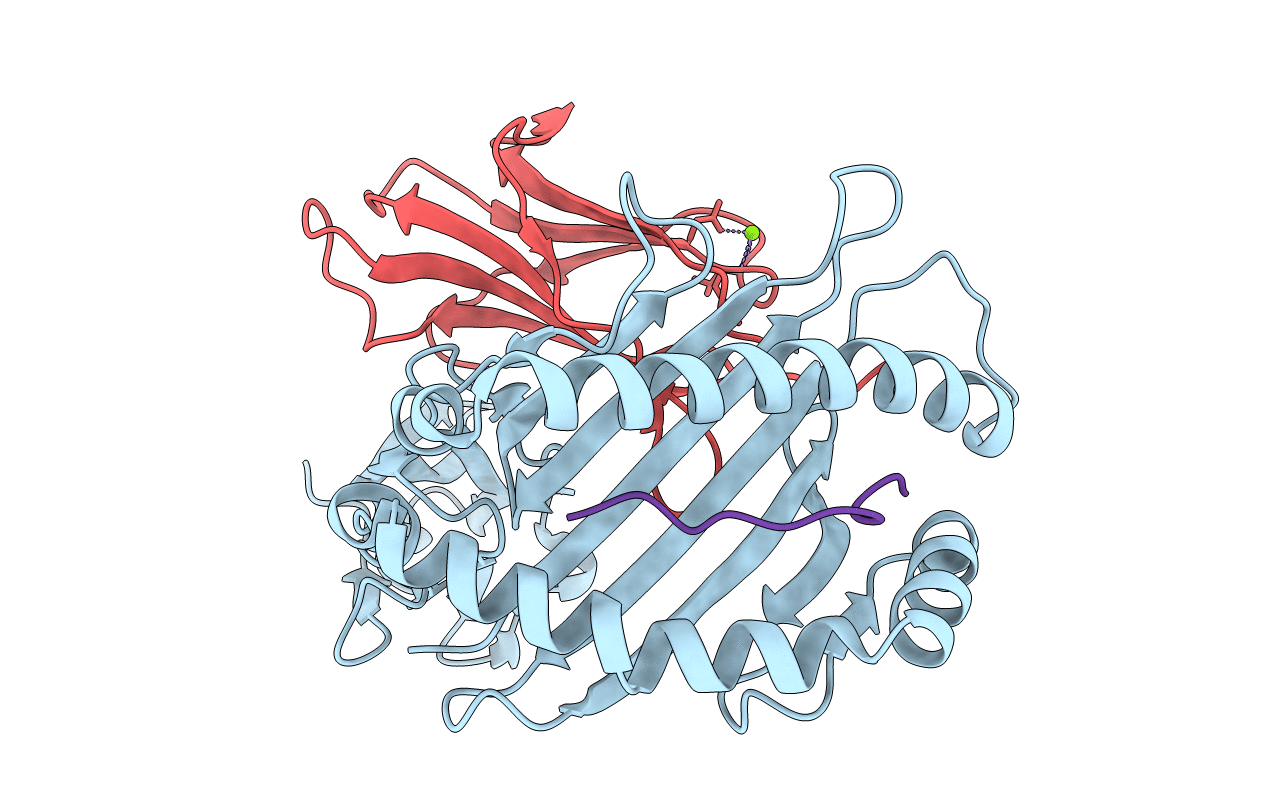
Deposition Date
2019-07-30
Release Date
2019-11-27
Last Version Date
2024-10-30
Entry Detail
PDB ID:
6PYL
Keywords:
Title:
Crystal Structure of HLA-B*2703 in complex with KK10, an HIV peptide
Biological Source:
Source Organism:
Homo sapiens (Taxon ID: 9606)
Human immunodeficiency virus 1 (Taxon ID: 11676)
Human immunodeficiency virus 1 (Taxon ID: 11676)
Host Organism:
Method Details:
Experimental Method:
Resolution:
1.52 Å
R-Value Free:
0.23
R-Value Work:
0.20
R-Value Observed:
0.20
Space Group:
P 21 21 21


